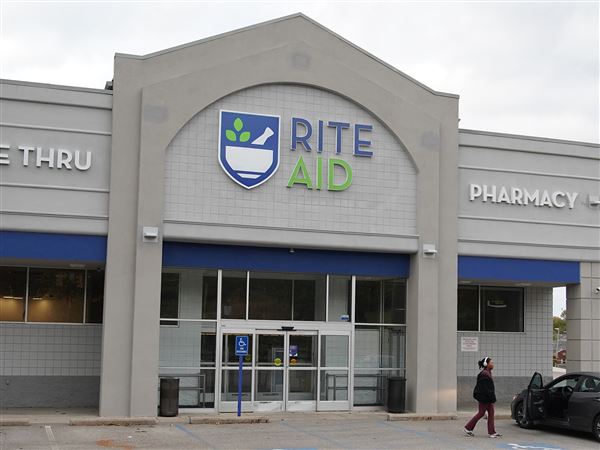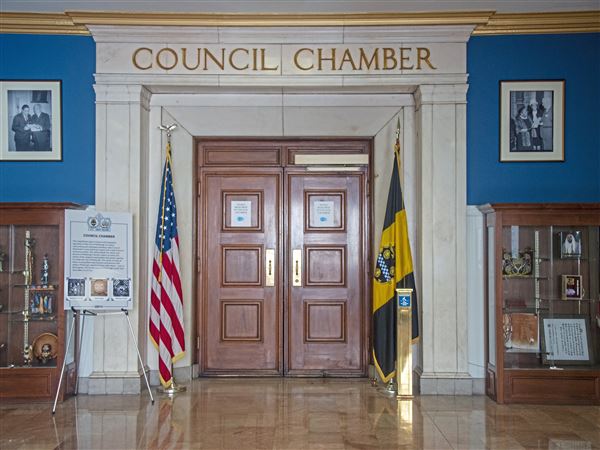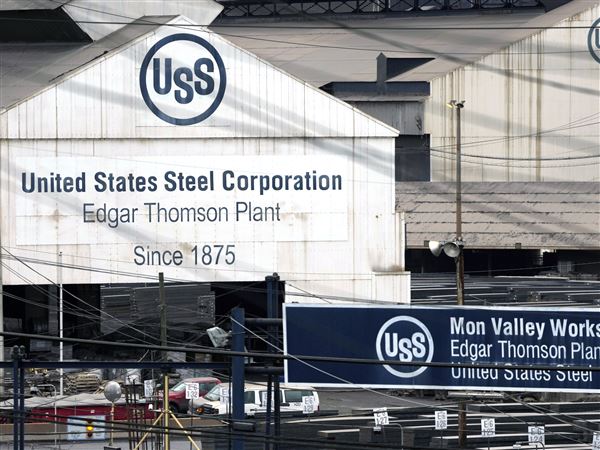Walk down Post Street near Union Square in San Francisco -- past the famed Gumps department store, the Prada boutique, De Beers and Saks Fifth Avenue -- and you will probably think the area is economically vibrant.
But the businesses on Post Street -- along with the trendy shops that line College Avenue in Oakland, the big box stores of Emeryville, and Chevron's oil refinery in Richmond -- all qualify for a $37,000 tax credit for many new hires, as well as other tax breaks, because they are in a state-designated "economically distressed area."
The enterprise zone program, which was created in 1984, has come under fire from Gov. Jerry Brown, who wants to eliminate it as part of a plan to help fix California's $25 billion budget deficit.
The state Department of Finance estimates that eliminating the state's 52 economic development areas could generate $343 million in new tax revenue this fiscal year and $581 million next year. The non-partisan Legislative Analyst's Office supports eliminating or restructuring enterprise zones.
Many local officials, however, insist that the zones are an important economic development tool. At a Feb. 17 news conference, Mayor Jean Quan of Oakland featured an office supply company and a metal fabrication firm that benefit from the tax incentives. Keeping the tax breaks intact "won't change the recession, but it might save some jobs," Ms. Quan said.
At the news conference, Susana Villarreal, the city's enterprise zone coordinator, said Oakland is seeking to expand its enterprise zone to include the wealthy Piedmont Avenue and Montclair Districts.
Critics say such an expansion reveals how far the enterprise zone program has strayed from its original mission. The hiring tax credit applies to workers who live in so-called targeted employment areas that largely overlap the enterprise zones.
"If you were in a downtown office building and hired a lawyer in Rockridge you could get the tax benefits," said Lenny Goldberg, executive director of the California Tax Reform Association. "It's a complete giveaway."
Mr. Goldberg said this was especially true of San Francisco, which has the most generous enterprise zone in the state. It covers virtually the entire eastern side of the city, pulling in poor neighborhoods like Bayview, and also the Financial District, Fisherman's Wharf, Union Square, South of Market, Chinatown, the Mission, and parts of Potrero Hill and the Western Addition.
In 2008, the last year for which statewide data is available, California's Franchise Tax Board reported that San Francisco companies took nearly $100 million in enterprise zone benefits, accounting for about one-sixth of all such tax breaks statewide.
Since then, the number of San Francisco companies taking advantage of the tax credits increased to 983 in 2010, from 439 in 2008, according to the city's Office of Economic and Workforce Development.
But the city's chief economist, Ted Egan, does not see much impact if the credits are eliminated.
"I don't think most of the employment swings pro and con have much to do with the enterprise zone," Mr. Egan said. "There are others factors in play."
First Published: February 25, 2011, 5:00 a.m.













